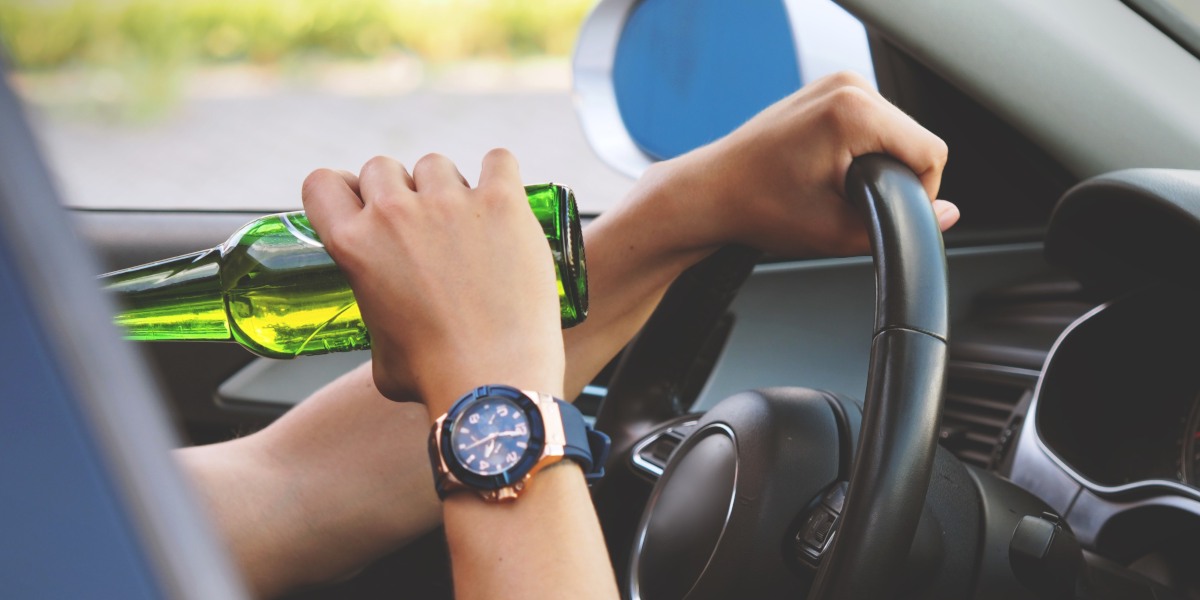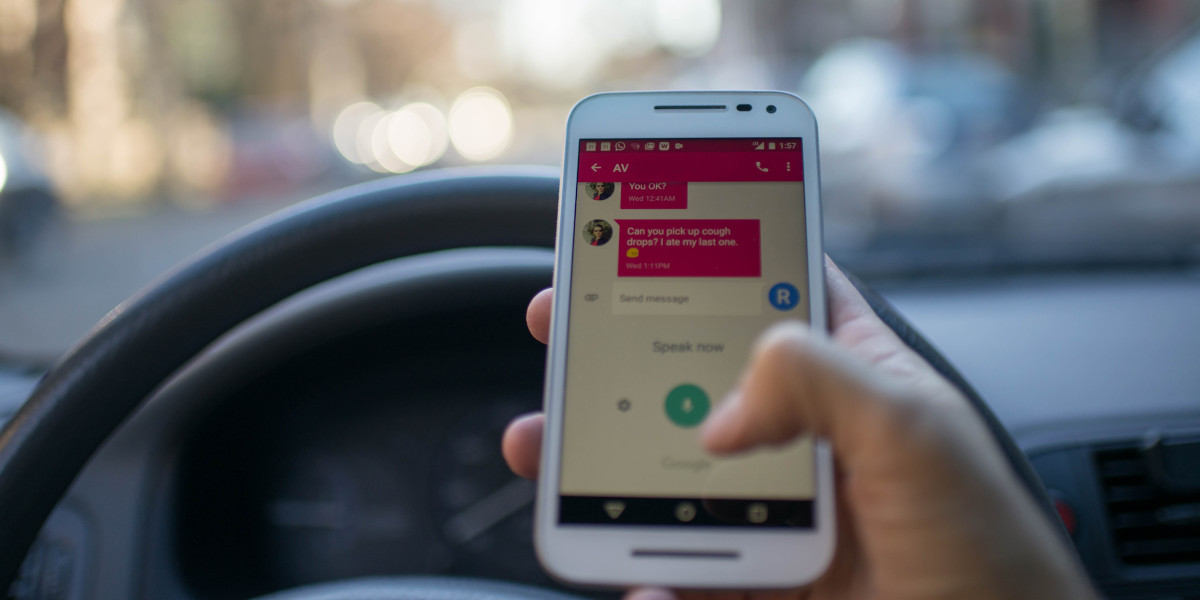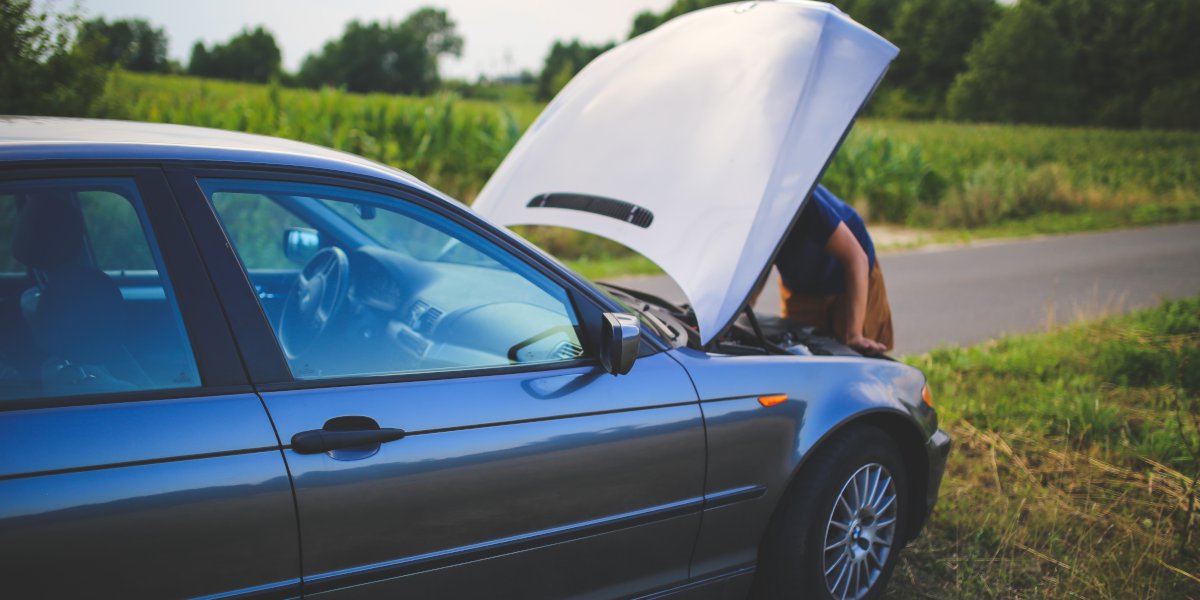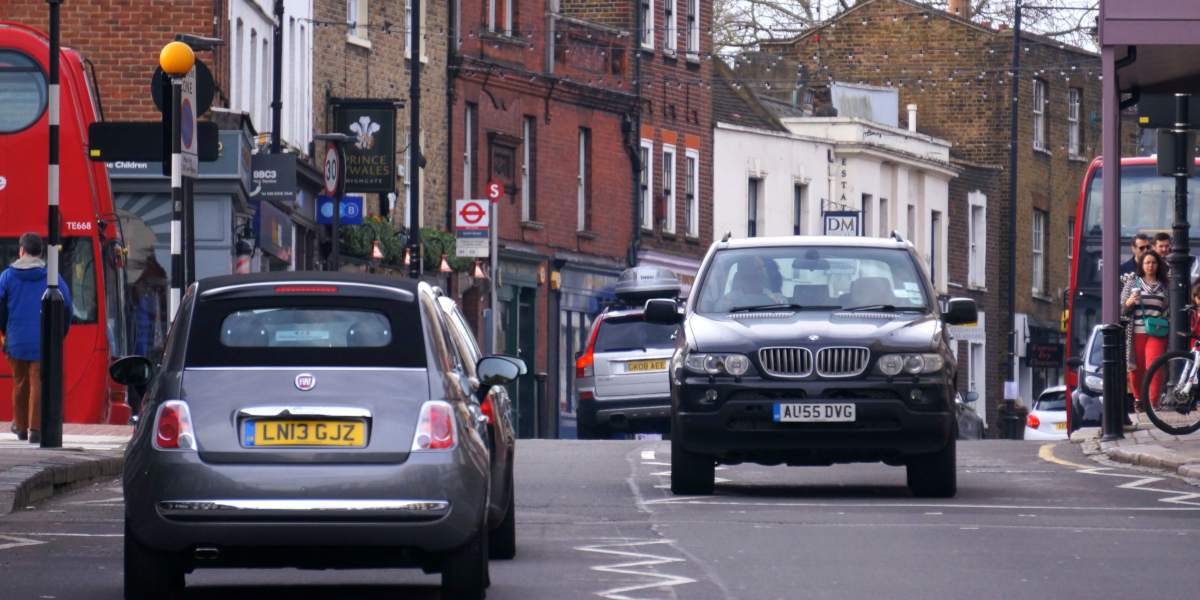Road safety fact: In 2018, there was 160,378 road causalities recorded, ranging from minor injury through to death.
Over the decades, this figure has continued to decrease, partially due to improved safety features and technological advances in new cars. However, there are still many factors that can jeopardise your safety while driving, and we’re going to highlight some of the main ones you should be aware of.
Drink Driving

Drink driving is illegal, and there are stringent guidelines about how much alcohol you can have in your system when getting behind the wheel. In England and Wales, the limit is 80mg of alcohol per 100ml of blood; but it’s very important to remember that alcohol can affect different people in different ways.
You may be under the legal limit but if, for example, you haven’t eaten for a while, the alcohol may hit you harder. If alcohol has left you unfit to drive, but you still do so, it will be classed as an offence. As drink driving is a major road safety issue, the penalties can range from a substantial fine and a driving ban, through to imprisonment.
Don’t forget, it’s not just drinks that contain alcohol; there are lots of boozy foods too. For example, it’s very possible that certain foods, especially around Christmas, could send you over the drink-drive limit, so factor that in when monitoring your alcohol consumption.
Texting

Texting and driving are not a good combination, and can threaten road safety. That’s why in 2003, it became illegal to use a hand-held mobile phone while driving. However, according to a 2018 report by RAC, 16% of motorists admit to texting, emailing or posting on social media while driving, and 25% admit to making or receiving hand-held calls.
The danger with using a phone while driving comes in the form of distraction. If you’re looking at the screen, or you’re too focused on a conversation, your attention isn’t on the road and that’s when you endanger yourself and others.
Taking a call in your car using a hands-free device is legal. Nevertheless, you can be fined, prosecuted or receive points on your licence if the act distracts you and causes an incident. If you’re unsure on the rules of phone use while driving, check out our useful guide.
Vehicle Health Issues

If your vehicle isn’t running as it should be, this could affect your safety while driving. For example, if your brakes are worn down or not working correctly, this could easily lead to an accident; especially in poor driving conditions.
It’s always good to keep an eye on your car’s key components and performance levels. Primarily for safety reasons, but also to save you money in the long term. Fluid levels, bulb functionality, tyre wear – these are just a few examples of where simple checks could save you from an MOT fail.
If your vehicle is making an odd noise, you can try and find out what it could be and establish if you’re potentially dealing with a dangerous issue. Even if it’s not overly worrying you, it’s always best to take it to a garage to get some professional advice. At Inchcape, we offer free Vehicle Health Checks to ensure your car is safe and performing optimally.
Poor Weather Conditions

Driving in fog, rain, cold weather or other adverse conditions can create a lot of safety hazards. Tyre grip, braking distance and visibility can all be badly affected, which can lead to accidents.
Firstly, it’s important to make sure that your car is fully prepared for bad weather. For example, if it’s snowing or if there’s ice on the roads, consider buying winter tyres as they will provide you with better grip and improve handling. Check your window wipers are working well and replace the blades regularly, otherwise you’ll to struggle with heavy rain and spray from other vehicles, especially on the motorway.
If your trip isn’t essential, it’s best to avoid driving altogether to eliminate the risk. However, if you do need to drive, you can take precautions such as reducing your speed, increasing the distance between you and other drivers, and braking earlier. For more tips on how to driving safely in poor weather conditions, read our advice article.
Other Road Users

The behaviour of motorists can cause accidents if basic driving etiquette isn’t adhered to. Everything you were told during your driving lessons is still valid, no matter how long you’ve been driving for, and in the interests of road safety, you should always follow the rules.
Indicating is a small act that can make a big difference. Showing other road users your intentions prevents collisions and makes things safer for everyone, especially vulnerable road users such as cyclists or pedestrians. Tailgating other motorists is not only a criminal offence in the UK, but also highly dangerous. The same goes for any form of ‘road rage’ or speeding. These unnecessary actions put every road user at risk, and the potential outcome is simply not worth the risk.
These are just two examples of the many driving Dos and Don’ts when it comes to behaviour towards other road users. It’s important to act safely and respectfully at all times, regardless of the road type or the speed limit.
Road Safety Signs

Road safety signs are there for a reason, so you should always take them seriously for your own sake, as well as that of other road users and pedestrians. Drivers can often see road safety signs and take them with a pinch of salt. For example, if there’s a sign for slippery roads but the weather is dry, you may think it doesn’t apply, and this is a dangerous assumption.
There are many different road signs, but generally, they fall into three categories:
- Circular signs give instructions that should always be followed (e.g. speed limits)
- Triangular signs warn of hazards that are coming up (e.g. road narrowing)
- Rectangular signs provide information (e.g. at roundabouts they show where each exits leads)
It’s also possible that drivers aren’t being ignorant of signs, they may just misinterpret their meaning. If you aren’t as clued up on road safety signs as you used to be, read our guide and refresh your memory.
